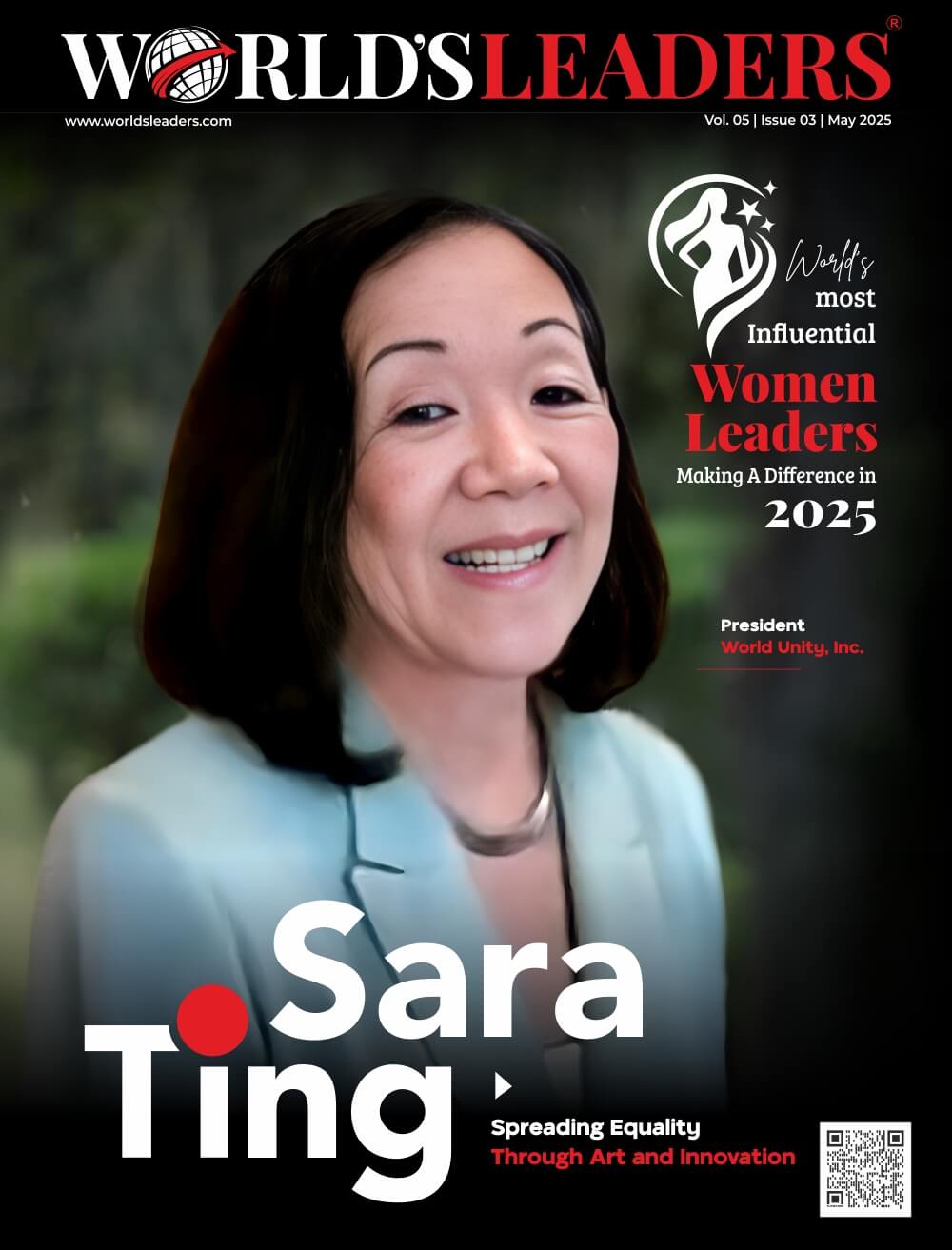It is common knowledge that businesses perform better when their senior leadership is more gender diverse. But it’s not entirely apparent why that is. What are the precise factors that fuel the favorable company results linked to an increase in the number of…
According to research, businesses with more women in leadership roles are more successful, more socially conscious, and offer safer, higher-quality consumer experiences, among many other advantages. Of course, there is also a strong moral case for diversifying top management teams (TMTs). However, there is substantially less research available to explain why having more female leaders is related to improved company outcomes and what precise mechanisms are responsible for those favorable changes.
The companies we looked at were all active participants in strategic innovation-related activities during the observation period despite being market leaders in the US, but we discovered that their strategies varied greatly. In particular, we were able to spot three different patterns regarding changes in businesses’ strategic thinking after the appointment of female executives:
- Firms Became More Open to Change and Less Open to Risk
First, we discovered that businesses became more adaptable to change and less risk-taking after women entered the C-suite. In other words, despite attempting to lower the risks involved, many businesses have embraced transformation more and more.
This implies that including women in the C-suite does more than just give the top management team access to fresh viewpoints. The way these companies made important strategic decisions saw noticeable modifications as a result of this mentality shift.
- Firms Shifted Focus from M&A to R&D
We found that organizations gradually switched from a knowledge-buying strategy centered on M&As — which could be described as a more traditionally masculine, proactive approach — to a knowledge-building strategy centered on internal R&D, which could be described as a more traditionally feminine, collaborative approach, as soon as they hired female executives.
- The Impact of Female Appointments is Greater
Finally, we discovered that the higher influence female executives were likely to have on the TMT’s decision-making, the more successfully they were able to integrate into the organization. There are two major variables that can affect this:
If she is the sole female: Only in situations where the executive team already included at least one woman did we discover that adding female executives to the TMT actually altered C-suite thinking. This might be due to teams feeling more at ease working with and including female executives when there was already a woman in the C-suite, which lessened the challenges facing future female appointees.
Whether she is a recent appointment: Additionally, we discovered that bigger cognitive alterations happened when the new female CEOs were a part of a smaller cohort of new appointees. In other words, there would be less of an impact if a company promoted 10 men and 2 women to senior jobs than if they promoted 5 men and 1 woman. This could be because veteran senior managers may feel more threatened when a larger group is promoted into their ranks, making them less receptive to the newcomers and restricting their capacity to make a meaningful contribution.
It’s important to note that we examined all of these indicators before and after female executives were appointed to the TMT. By doing this, we made sure that we were genuinely witnessing the impact of having more women in senior positions rather than just recording patterns that were already in place prior to the inclusion of the female executives. To isolate just the effects of including women in the TMT, we additionally accounted for other variables, like as product strategy, R&D investment levels, and female board presence, that may have been associated with changes in C-suite composition.





